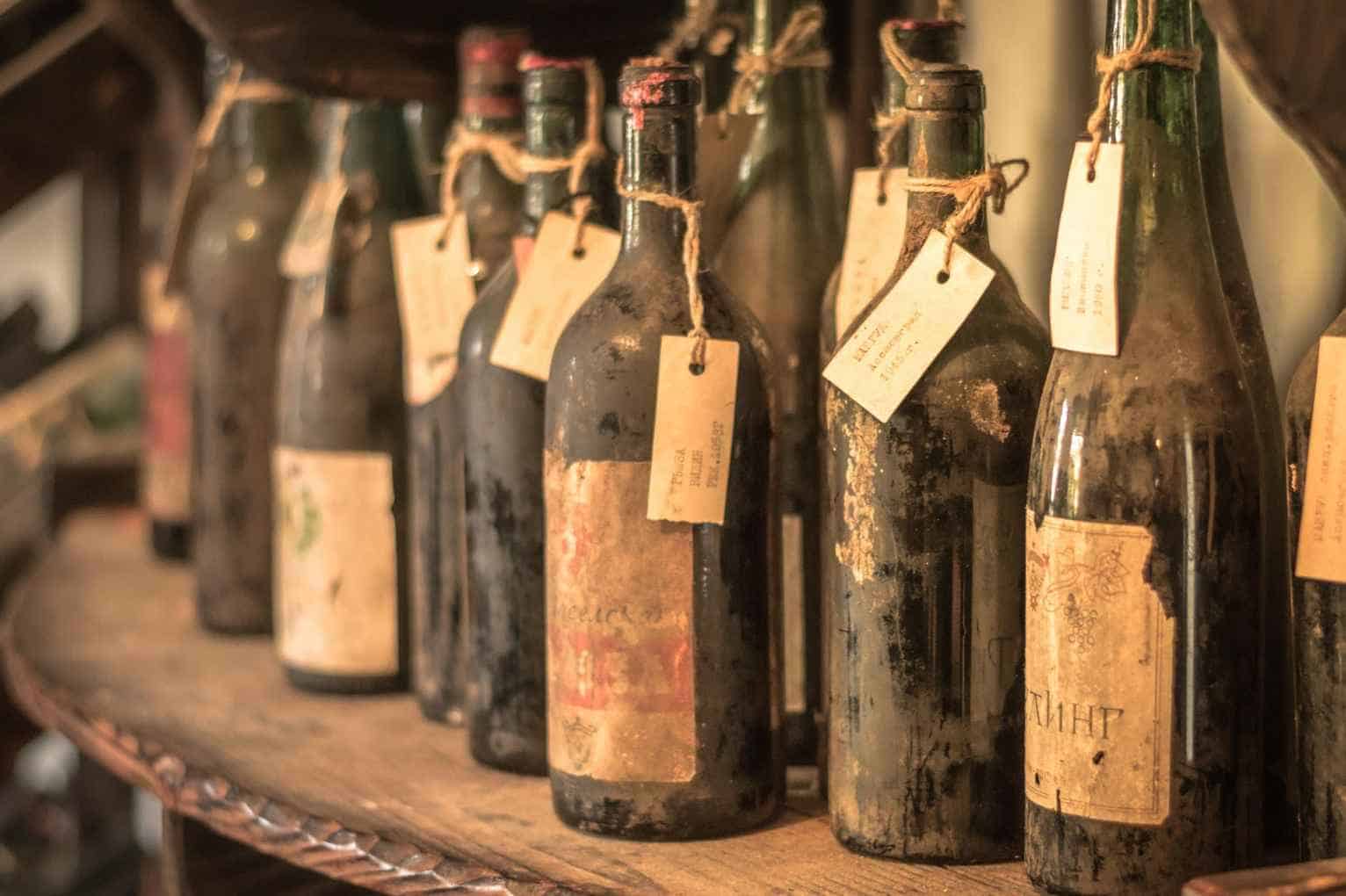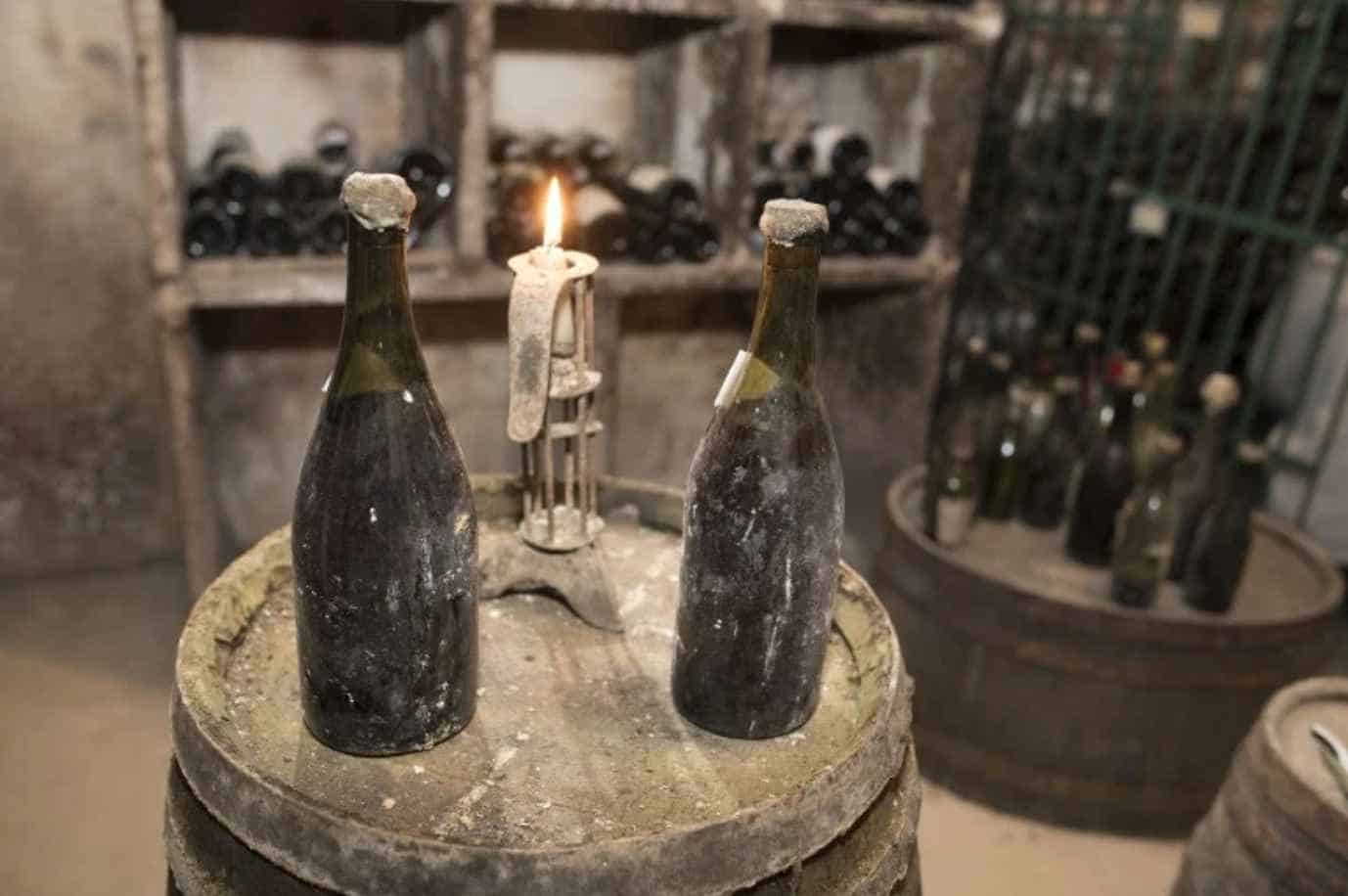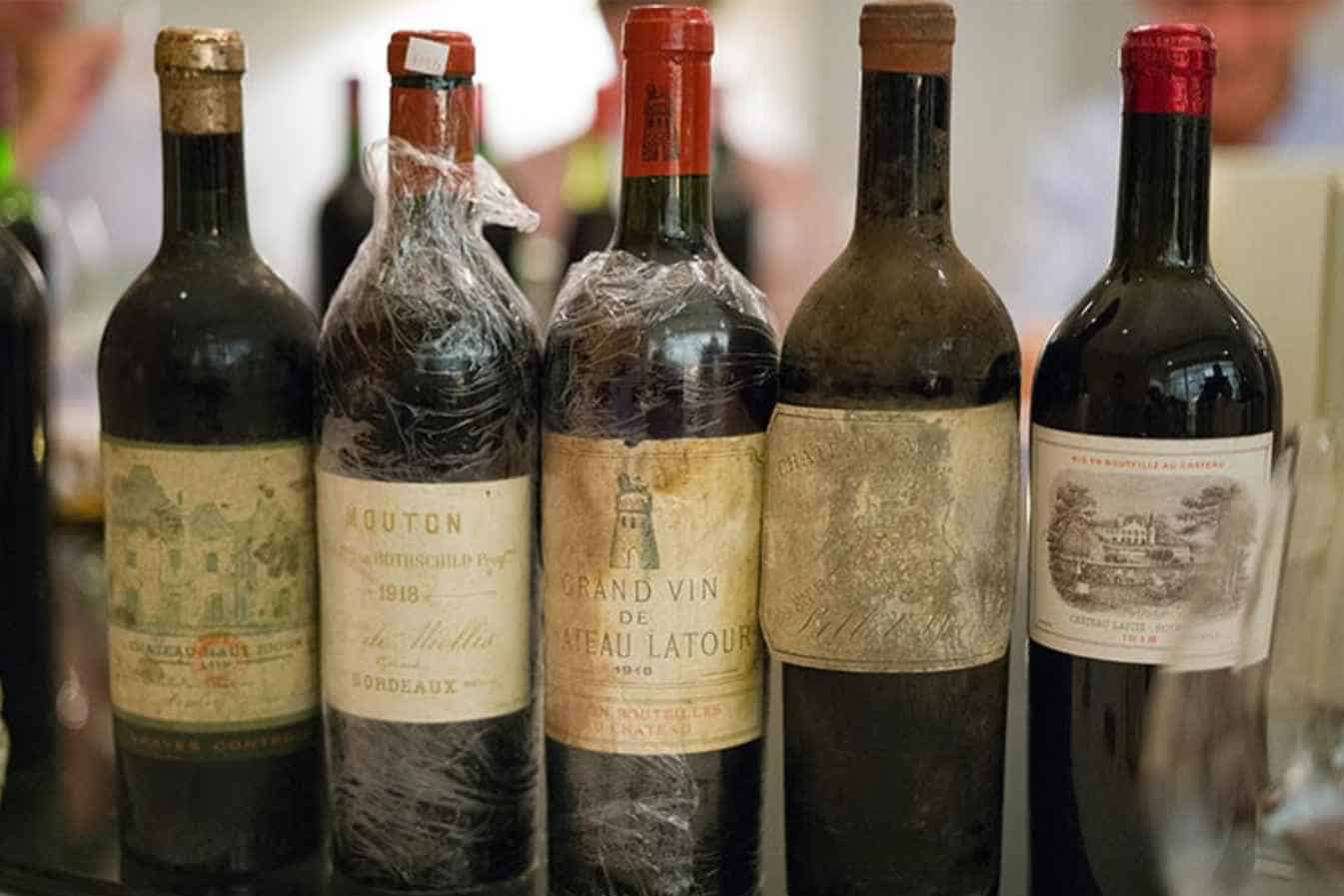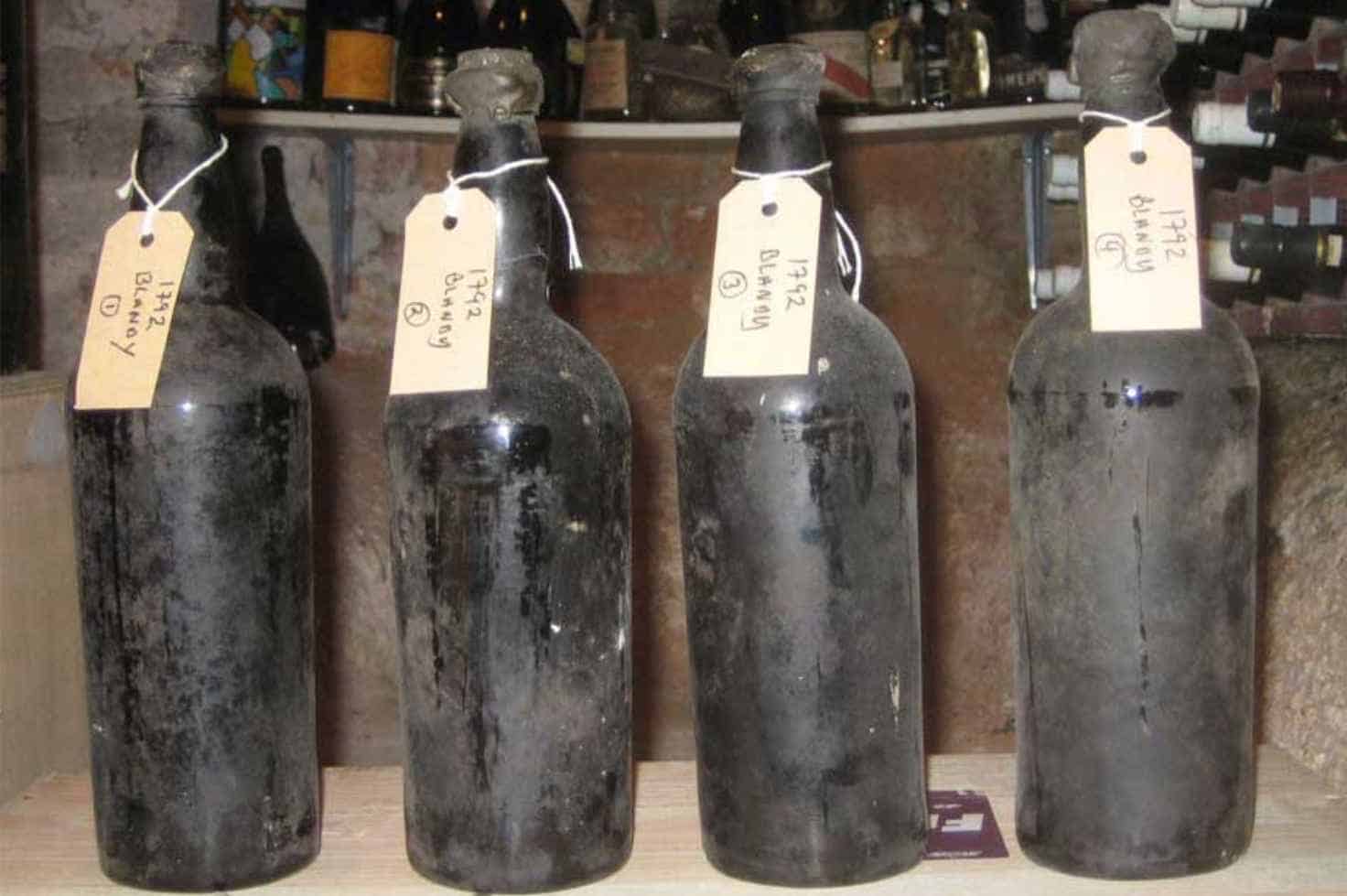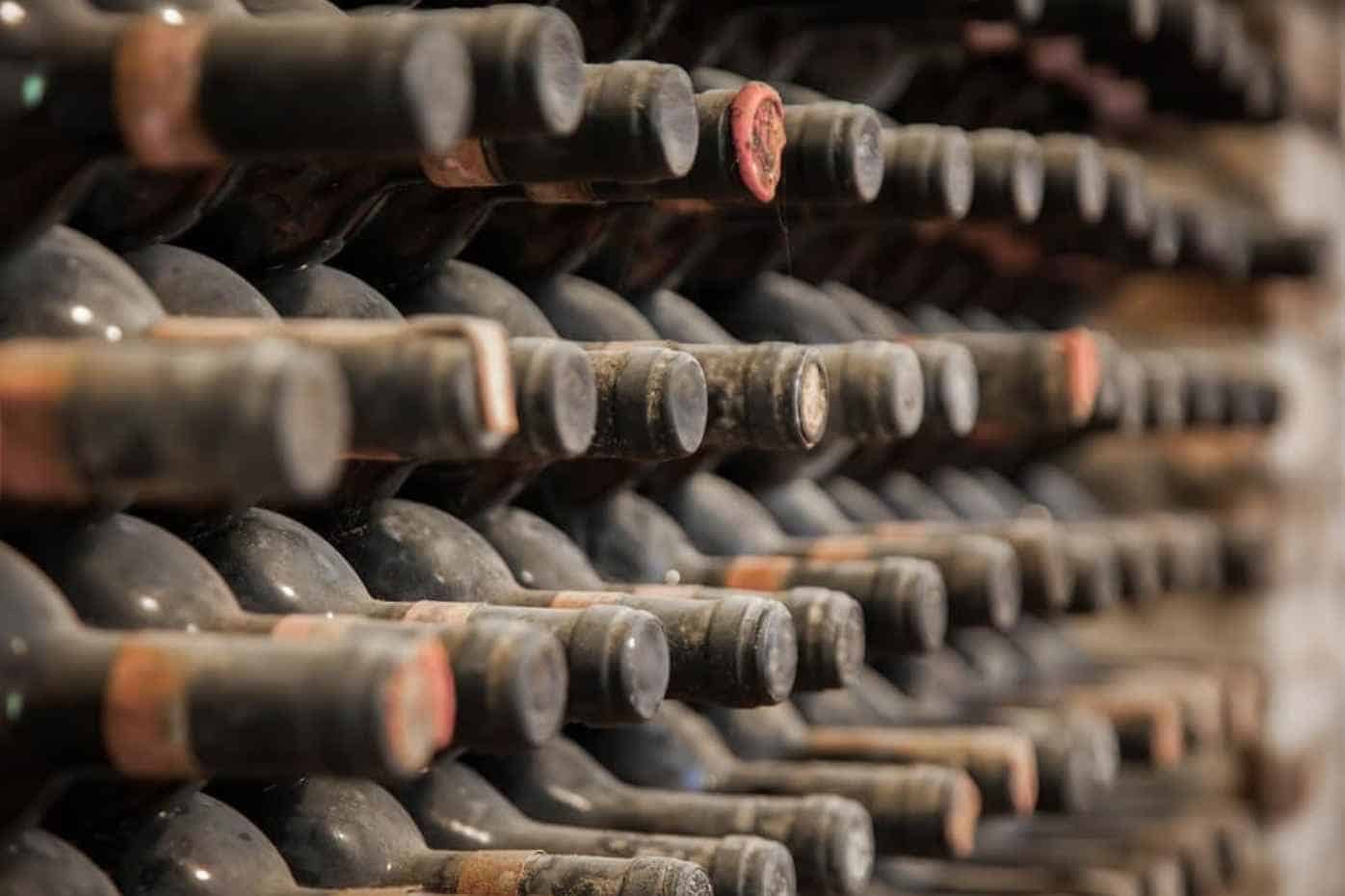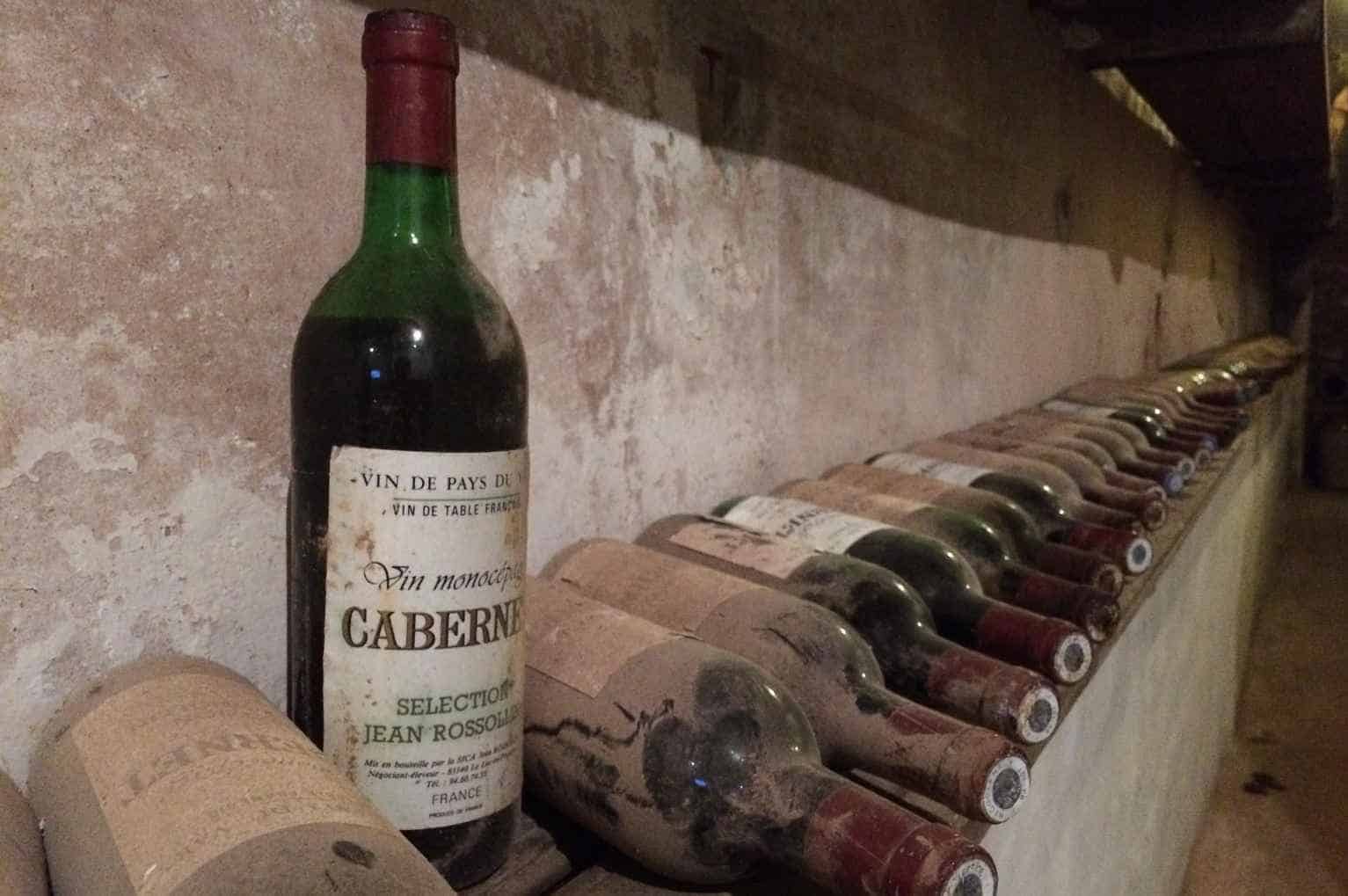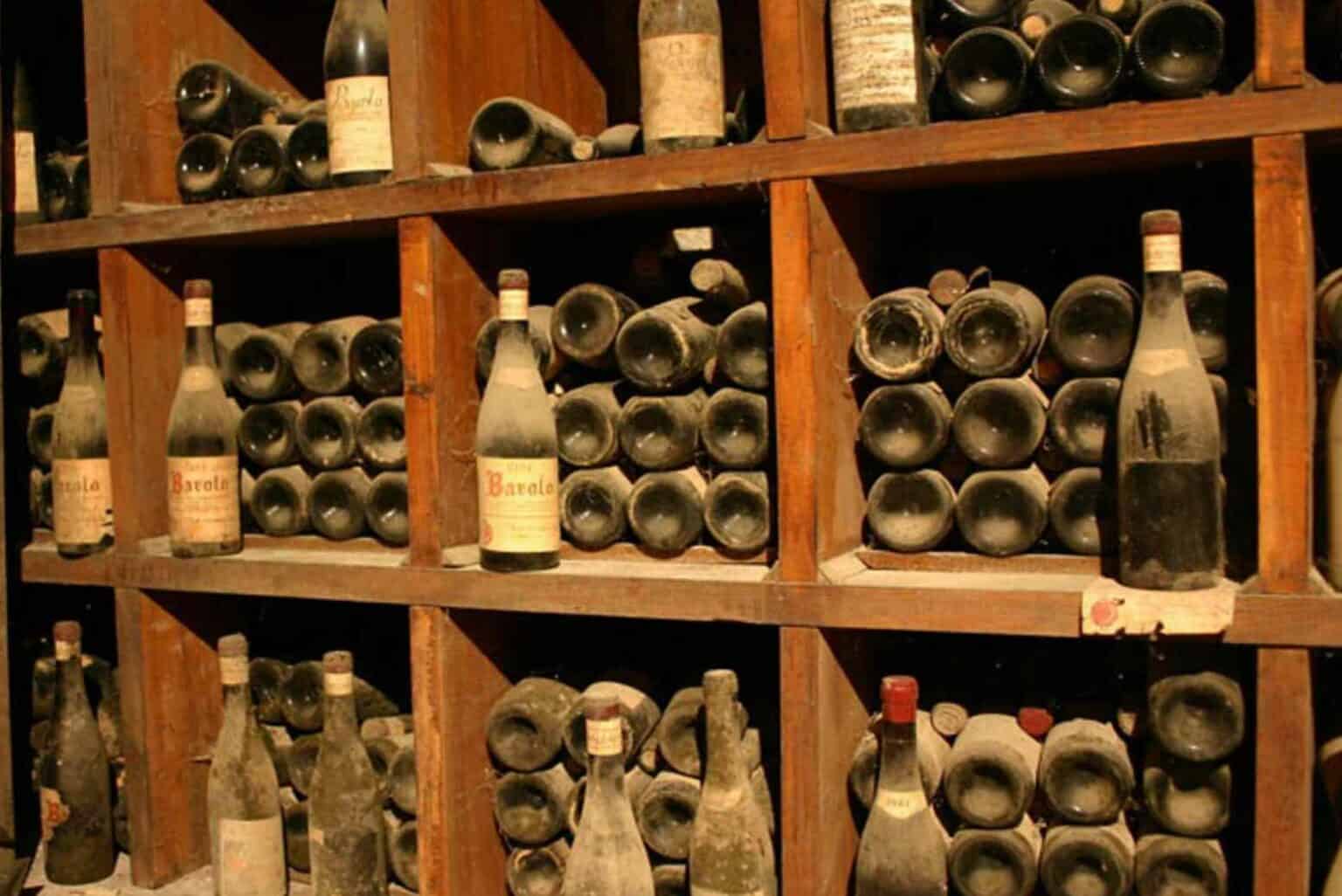Are you wondering what is the vintage of a wine? The term vintage is all over the wine industry. It is one of the most common words used in wine discussions. It could be easy to guess what it means. However, it could also be easy to get its definition wrong. Well, today, let us clarify what it is!
What Is the Vintage of a Wine?
With today’s speech and tongue, the word vintage often pertains to things of old. It is usually an adjective that points to old fashion or machinery models.
It should not be surprising that some have come to immediately guess it means the same thing in the wine industry. However, that is often not what wine enthusiasts mean when they use the word.
When wine lovers use the word in discussions of wines, it is often about the year of the harvest of the grapes used for the wine. A vintage wine is a wine that sports a year on its bottle.
It is not so much as the manufacturing or bottling date. Again, it can be easy to confuse it with these things. However, it is not to get mixed up with such. As you might already know, the grapes undergo many steps before getting near a bottle.
The vintage of a wine can tell so much more than a year, though. To better understand what vintage is and what it says about a bottle of wine, let us look at the types of vintage labels you can find on your wine bottles next.
What Single-Vintage Is?
Single-vintage is the only real vintage.
As you might have already guessed, a single-vintage wine uses grapes harvested in the same year. Well, mostly. The wine can be entirely composed of grapes from the same harvest. However, the official rules offer some leeway.
It would depend on the area, but often, a wine only needs to use 75 to 95% of grapes from the same harvest to use the single-vintage label. In other words, a single-vintage wine will mostly use grapes from the same reaping, but it could also use grapes from a different one.
Before we move along, there is another thing to note about single-vintage wines. While they mostly use grapes from the same harvest, it does not mean they use the same types.
It could be easy to assume a bottle of wine would use the same grape types, being from the same reaping, but that is not the case. A single-vintage wine can use different types of grapes as long as they are from the same harvest.
What Non-Vintage Is?
On the other hand, we have the non-vintage label. If you see a bottle of wine that does not sport a year, it is likely a non-vintage wine. Instead of a year, you might find the N.V. label in its place.
This wine uses a base wine but also grapes from different harvests. As you can see, it could be easy to understand why it does not sport a year. Putting a year would be pretty meaningless.
As we will talk more about later, one reason the year is there is to inform. Picking a year from the many harvests would not fully describe the wine. It could even give a wrong impression which could go both ways. Either way, though, it will not be helpful for oenophiles.
Vintage VS Non-Vintage
Before we jump into multi-vintage wines, let us discuss the issue between vintage and non-vintage wines.
As non-vintage wines cannot sport a year, many have taken that to mean it is inferior to vintage or single-vintage wines. However, that is not true. The two have their pros and cons. Which one is better is mostly a matter of preference.
A vintage will give you a feel of a specific place in a particular year. With that, it is always a surprise with different vintages. However, its strength is also its weakness. If you find yourself in love with a particular bottle, it could be the last time you will get a taste of it.
On the other hand, non-vintage wines are often less of a surprise. They are usually consistent. If you fall in love with a bottle, you will likely have no trouble getting another of it. Additionally, you do not need a vintage chart for this one.
If you have tasted a bottle from a particular manufacturer before, you only have to grab one of their bottles again. Also, we cannot forget to note that some of our all-time favorite sparkling wines, like the many different Champagnes, are non-vintage wines!
Still, as we have said, it all boils down to preference. If you are a collector, we have little doubt you are more interested in a vintage. On the other hand, if you want something you can get fast when you are craving some wine, a non-vintage will likely suit you better.
What Multi-Vintage Is
On the flip side, we have the multi-vintage. This one is new to the wine trade. It is a new term to many oenophiles and can easily get mixed up with non-vintages.
Like the non-vintage wine, this one also has a base and grapes from different harvests. However, it does not have much of a base wine. As you can see, it is not that different from non-vintages.
What Does the Vintage Mean?
We now know what a vintage is. However, as we have said, it tells of more than the year of the grapes’ harvest. The vintage on the wine might only state a year, but it gives a good hint of the wine’s quality, characteristics, and even the story of the grapes. In turn, the wine.
The vintage tells the year. In turn, it can tell what the grapes went through, giving consumers the information they need to decide if the bottle is worth it. With the date, buyers have an idea of the weather, sunshine, and rain the grapes experienced, to name a few examples.
However, while the vintage is essential to get acquainted with a wine bottle, note that it best serves its purpose if you know the grapes and their origin too. Remember that good weather in one place does not mean it is the same in another area. Also, what is ideal for one type of grape may not be good for another.
It could be tough researching how much sunshine or rainfall an area has in a particular year. You do not have to worry, though. That is where a handy tool comes in. You can use a vintage chart to help you with this.
Simply put, a vintage chart is a table that summarizes what many want to know about wines from a particular year in a specific place. In other words, it can tell you what you need to know even if you are not sure what it is to know.
However, keep in mind that vintage charts are only general guides. Even if it labels a wine as outstanding or extraordinary, you might not like it. Remember, people have different preferences. You might not like what someone did. Proceed with caution when using such tables.
Are There Good and Bad Vintages?
Finally, to fully understand the vintage on a bottle, let us answer if there are good and bad vintages. As you might expect, yes, there are good and bad vintages. It is one of the reasons non-vintages exist.
While aged wines are sought after by many oenophiles, age is not always the game’s name. A recently released wine can be more valuable than an old one. As we have discussed, the conditions the grapes used for the wine went through are of more importance.
Also, as we have said, one of the reasons non-vintages exist is because there are good and bad vintages.
Some places mostly have favorable and stable conditions. However, it is not the same for all areas. Some regions have unpredictable and fluctuating weather.
In this case, going with non-vintage wines is more favorable, as some years can be pretty good or bad. Blending grapes from different ages allows wine production to continue while upholding quality.
Summary
Are you still wondering what is the vintage of a wine? Well, we hope not! We answered this question today and found out that vintage does not point to old wines, but the year of harvest of the grapes used for the bottle.
After that, we went deeper. We discussed the difference between single, non, and multi-vintage wines. Then, we studied what the vintage means and how to make sense of it. Finally, we tackled the topic of good and bad vintages.
We hope we helped you with your wine worry. If you have more, feel free to check out our other discussions! Cheers!

George Moore, co-founder of Wine Flavor Guru, is a charismatic entrepreneur with a rich background in California’s wine industry. Alongside Sylvia, he transformed a Sonoma County vineyard into a source of premium wines. George’s expertise in sourcing exceptional grapes and his approachable style make wine appreciation both accessible and engaging.
